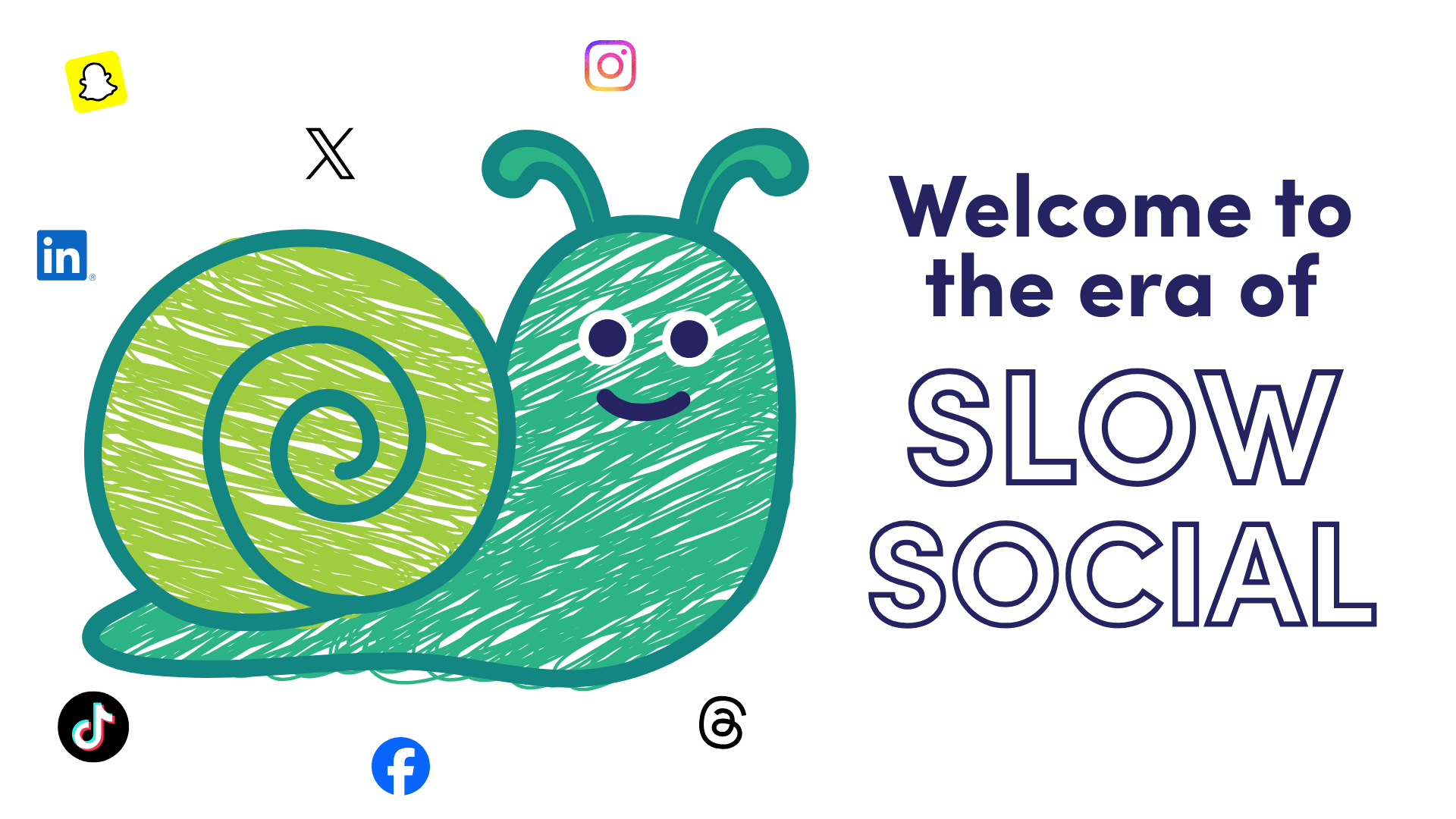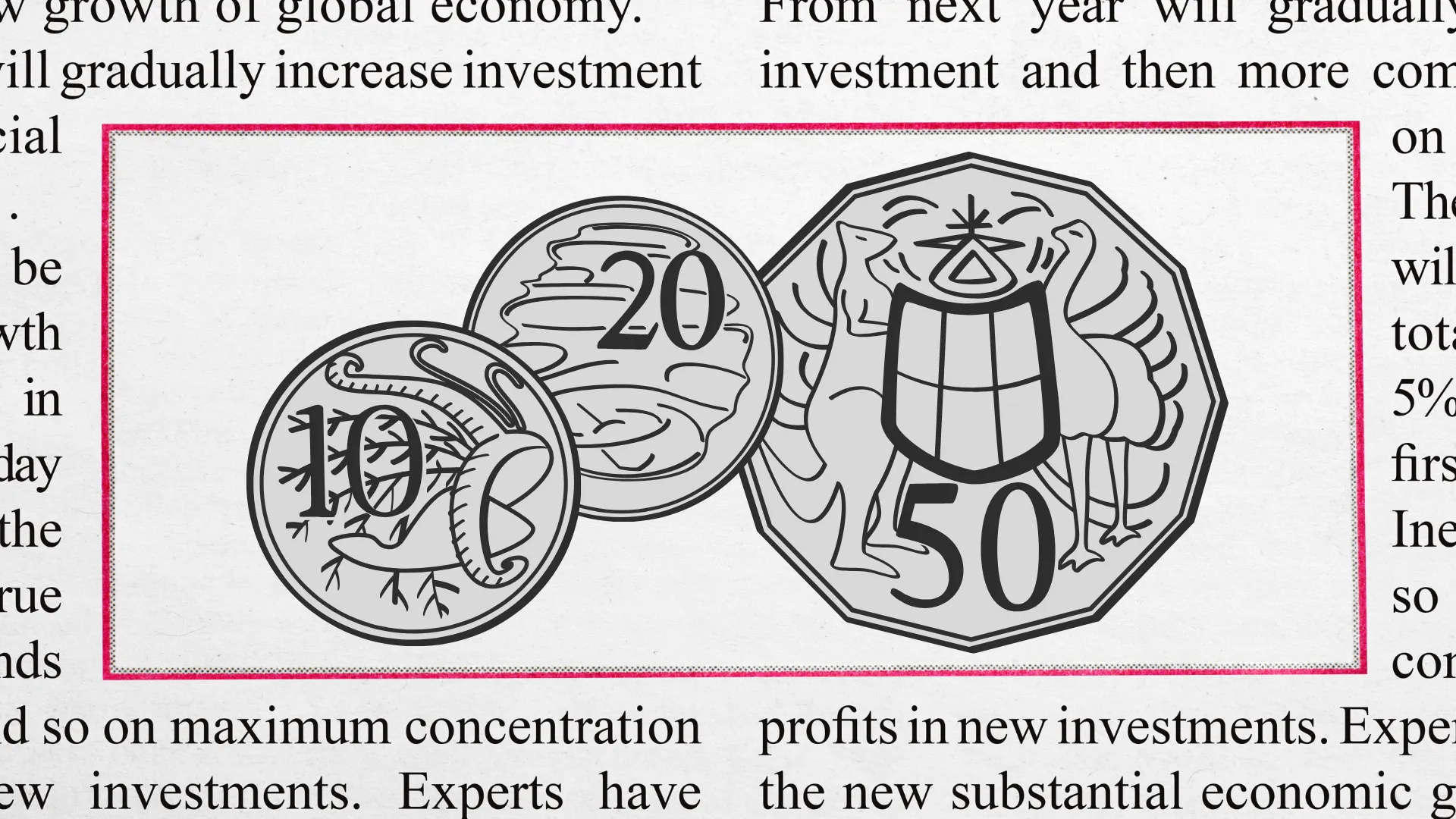In a world where marketers battle for every second of audience attention, Labubu – a quirky character from Pop Mart’s “Monster” series – has done the seemingly impossible: built a global fanbase, driven massive sales and turned an obscure collectible into a cultural phenomenon.
At Aston Digital, we work with brands every day that are trying to cut through the noise. And right now, Labubu is the case study we think every business should pay attention to – not because you’re about to launch a line of vinyl toys, but because the strategy behind its success is a masterclass in modern digital marketing.
So what exactly did Pop Mart do right? And more importantly, how can you apply the same thinking to your business?
Let’s break it down.
1. Strategy-Driven Scarcity
Labubu isn’t everywhere – and that’s the point.
Pop Mart didn’t flood the market. Instead, they leaned into limited releases, online hype and in-store drops that left fans queueing for hours. This wasn’t just about “hunger marketing”; it was about building a brand that feels exclusive and exciting to be part of.
What you can do: Scarcity isn’t just for collectables. Think: Limited-time offers, members-only events or exclusive product drops.
When used strategically, scarcity taps into FOMO and creates a real sense of community. It’s not about manipulating your audience – it’s about designing an experience they’re excited to engage with.
2. Storytelling That Sticks
Behind every Labubu drop is a story. The character itself has a mythology dating back to 2015, and each new version comes with a unique backstory. This isn’t just a toy – it’s a narrative, and people want to be part of it.
Brands often underestimate the power of storytelling. But the truth is, humans are wired for it. We remember stories. We connect through them. We trust them.
What you can do: Whether you’re selling software or skincare, your brand has a story. Tell it. Don’t just talk about features or services – share the why, the who and what it means to your customer. Use your content to build trust and deepen the emotional connection with your audience.
3. Social Media Shareability
Labubu’s “blind box” packaging – where fans don’t know which version they’ve bought until they open it – is genius. Not just from a sales perspective, but from a social one. It takes you back to when you would open a Kinder Surprise as a kid and the thrill you’d get opening that yellow plastic capsule to see what was inside.
The unboxing becomes an experience. And experiences get shared.
TikTok, Instagram, YouTube – you’ll find thousands of collectors capturing and sharing the moment they discover which Labubu they received. That’s user-generated content on autopilot. And it all fuels a broader sense of anticipation, community and emotional investment.
What you can do: Ask yourself – how can I make my product or service an experience worth sharing? That could be in the packaging, the onboarding or the way you engage customers post-purchase. Encourage user-generated content and reward it. Create emotional moments that your audience wants to be part of and wants to talk about.
Labubu is Cute, But This is Strategy
Labubu’s rise wasn’t a fluke. It was the result of an integrated marketing strategy that brought together community, content and clever design thinking. The tools that made Labubu a phenomenon – scarcity, storytelling and social media – are tools we help our clients apply every day.
Because in the end, it’s not about toys. It’s about attention. And winning attention today takes more than budget – it takes strategy.
If you’re ready to rethink how your brand connects, converts and grows – let’s talk.

Once upon a time, Black Friday was a single weekend event that followed Thanksgiving in the U.S. It's basically their version of Boxing Day sales but with [...]

People are opening your emails. They’re clicking your links. But… they still haven’t converted. You're first reaction is probably, "My emails aren't working." But that's not actually [...]

We’ve entered a new era of marketing - one where your content is no longer just read by people. It’s interpreted by AI. From Google’s Search Generative [...]

For months, we’ve all been wondering what the future holds for Google Ads with AI Overviews and the new AI Mode changing the way people interact with [...]

It’s not your imagination - social media feels a little quieter these days. Posts that once racked up likes, comments and shares are now met with a [...]

Something has shifted online this year, and if you work in marketing, you’ve felt it. Feeds feel noisier, yet somehow emptier. Search results loop endlessly. Trends peak [...]

Engaging with your audience may be more powerful than most social media teams realise. A new data study from Buffer has revealed that responding to comments on social [...]

Once upon a time, Black Friday was a single weekend event that followed Thanksgiving in the U.S. It's basically their version of Boxing Day sales but with [...]

People are opening your emails. They’re clicking your links. But… they still haven’t converted. You're first reaction is probably, "My emails aren't working." But that's not actually [...]

We’ve entered a new era of marketing - one where your content is no longer just read by people. It’s interpreted by AI. From Google’s Search Generative [...]

For months, we’ve all been wondering what the future holds for Google Ads with AI Overviews and the new AI Mode changing the way people interact with [...]

It’s not your imagination - social media feels a little quieter these days. Posts that once racked up likes, comments and shares are now met with a [...]

Congratulations. You’ve already beaten the odds. On average, 8 out of 10 people will read the headline of a piece of content - but only 2 out [...]

AI tools like ChatGPT, Google Gemini and Perplexity are quickly becoming part of how people discover websites. Instead of searching Google directly, users are asking AI tools [...]

We often hear that attention spans are decreasing, particularly among Gen Z. Social media platforms like TikTok and Instagram are often blamed, with headlines suggesting that endless [...]

